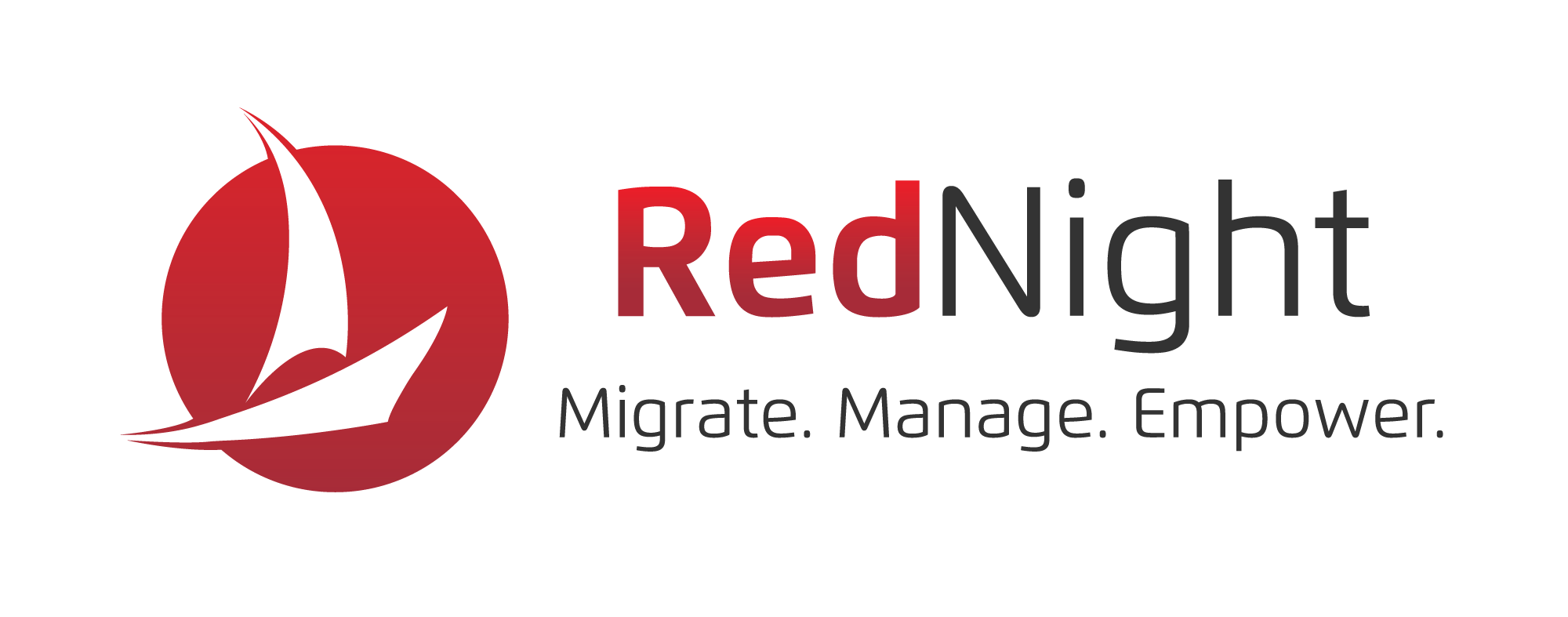January 14, 2020. Mark that date on your calendar, because that’s the day Microsoft will stop supporting Windows 7 and will cease patching it with security updates.
For both organizations and individual users that have stuck firmly with Windows 7 for the past decade or so, this ‘end of life’ date is cause for concern. Without security patches and tech support, the millions of people still using the operating system will have red, hot targets on their backs in the eyes of hackers.

And with 43 percent of cyberattacks targeting small businesses, owners and managers have no choice but to move to Windows 10.
To help you understand what the end of Windows 7 means for you and your business, we’ve put together this FAQ-style guide. We’ll answer all of your burning questions and talk you through some of the top risks of staying on Windows 7.
Let’s get started.
What does end of life actually mean?
End of life is a phrase that Microsoft – and other tech companies – use to pinpoint the day or period when the company will end their support of an application, software program, or operating system.
This means two critical things:
- Microsoft will no longer offer security patches for Windows 7
- If bugs develop and Windows 7 stops functioning properly, users cannot contact Microsoft to fix the problem
In short, Microsoft is ceasing its responsibility.
Why do companies set an end of life date?
Typically, companies end support of one application or service to allocate their resources to another, more popular application or service.
The thing is, a staggering number of people still use Windows 7. And when January 14, 2020 rolls around, any laptop, desktop, or tablet still running on Windows 7 will be left to fend for itself against a growing number of increasingly sophisticated hackers.
How many people still use Windows 7?
Individuals and enterprises alike have dedicated themselves to the tried-and-true OS for ten years. It took until the end of 2018 for Windows 10 to trump Windows 7. And even then, the difference is marginal – 39 percent of the market uses Windows 10, compared to 37 percent that uses Windows 7.
More than one in three computer users choose Windows 7. That means hundreds of millions of users worldwide will be impacted by the end of life date.
What are the top risks facing my business after Windows 7 support stops?
This is where things get a little tricky.
As we mentioned above, after January 14, Microsoft will no longer create and distribute security patches for Windows 7. A security patch is a software update that addresses bugs, new vulnerabilities, and other ‘gaps’ in the system’s security defenses. Without these updates, hackers can exploit vulnerabilities and wreak havoc on your computer – and business network.
Security is, therefore, the top risk facing businesses that decide to use Windows 7 after the end of life date has passed. Your files, personal information, client data, apps, and more will be targeted by cybercriminals – that’s something you can just about bet on.
Before we move on, it’s worth taking a second to mention that, even now, Windows 7 isn’t the most secure operating system.

Just 15 percent of files identified as malware are on Windows 10 systems. Compare that to the 63 percent found on Windows 7 PCs.
From a security standpoint, the sooner you move away from Windows 7, the better.
Are there any other end of life dates I should be aware of?
Yes. If you want your business’s IT systems to remain secure, take note of the following end of life dates and plan accordingly:
- Windows 7 – January 14, 2020
- Windows Server 2008 – January 14, 2020
- Office 2010 – October 13, 2020
- Windows Server 2012 – January 10, 2023
- Windows 8 and 8.1 – January 10, 2023
- Office 2013 – April 11, 2023
- Windows 10 – October 14, 2025
- Office 2016 – October 14, 2025
How do I move my business from Windows 7 to Windows 10?
The cold, hard truth is this: even if you don’t want to make the move to Windows 10, even if you and your team know Windows 7 inside and out, if you want to maintain your business’s security and industry competitiveness, you have to make the switch. Have to.
PC manufacturers won’t be bundling their machines with Windows 7 anymore. Windows 7 won’t even be for sale anywhere reputable. The operating system will soon become nothing more than a fond memory, a relic of the good old days.
Maybe that’s a little dramatic, but if your employees have been working with Windows 7 since it was introduced back in the summer of 2009, you’re probably dreading the big move.
You can upgrade to Windows 10 for free if you have a PC that meets the minimum specs:
- 1GHz processor or faster
- 1GB of RAM for a 32-bit installation
- 2GB of RAM for a 64-bit installation
- A screen with a resolution of 800 x 600 or higher
- Internet access
Before you blindly follow the prompts, be sure to back up your data. Test your backup. Test it again. Remember, data is the lifeblood of your business – protect it as best you can.
Alternatively, ask your IT services provider. They can help you and your team move to Windows 10 safely and securely. They can also assist you with the installation of any apps and cloud-based solutions, the setup of business-specific system configurations, and staff training.
I don’t want to switch to Windows 10 – what will happen after January 14th?
Seemingly nothing. Your device won’t go up in smoke and self-combust. It’ll be business as usual. That is, until your network is breached.
Switching to Windows 10 is inevitable. The best thing for your business is to bite the bullet and update your OS sooner rather than later.


